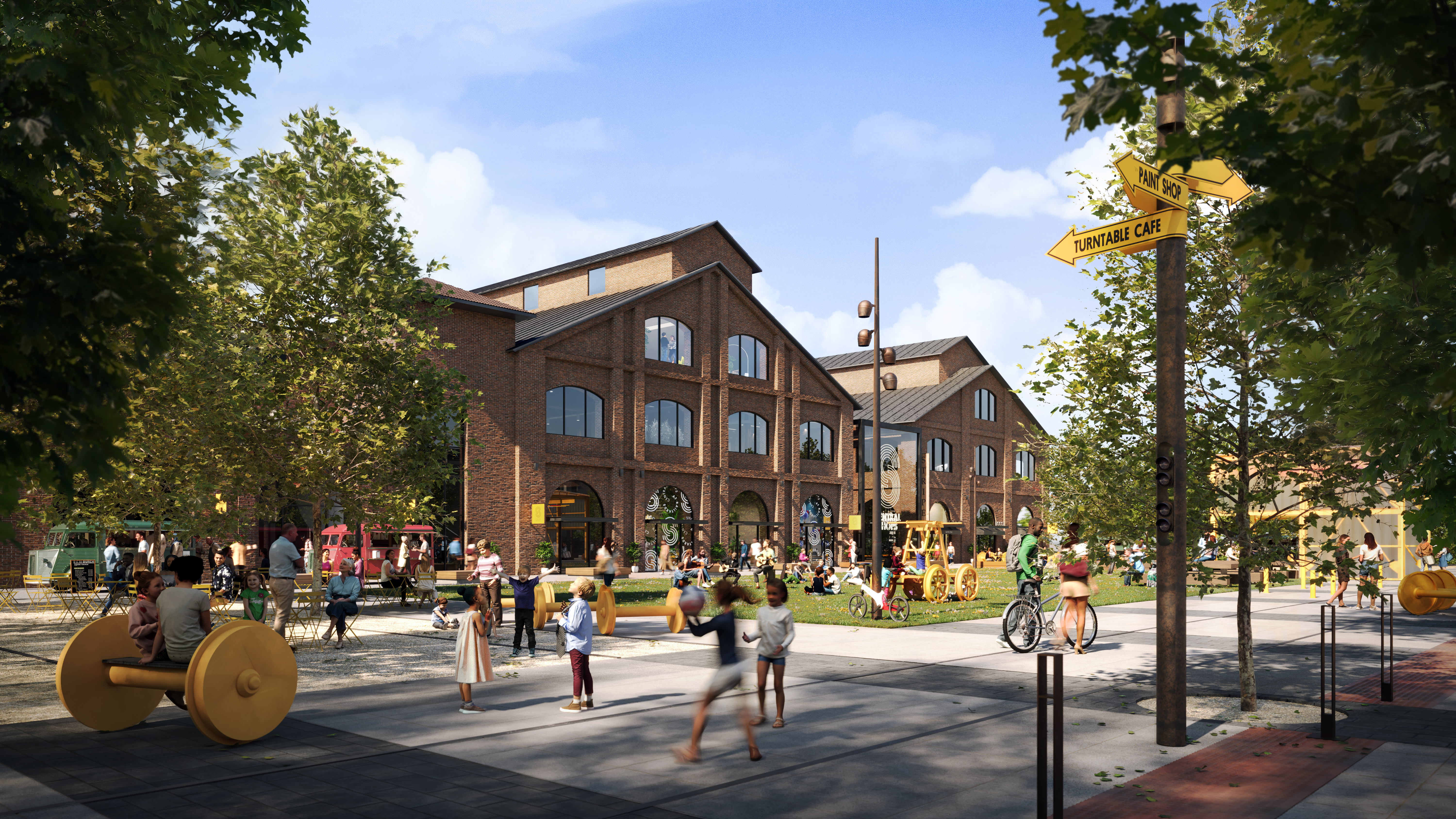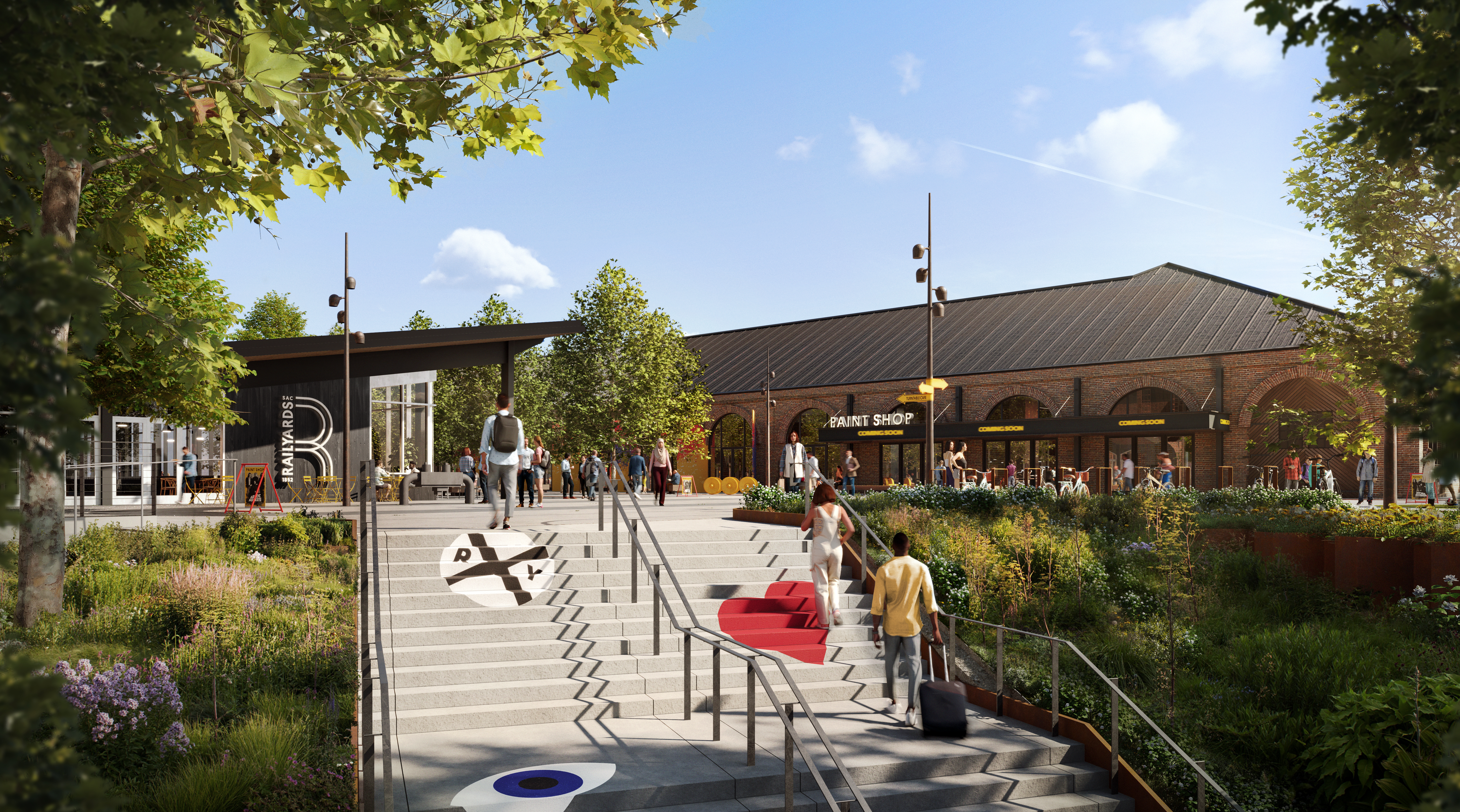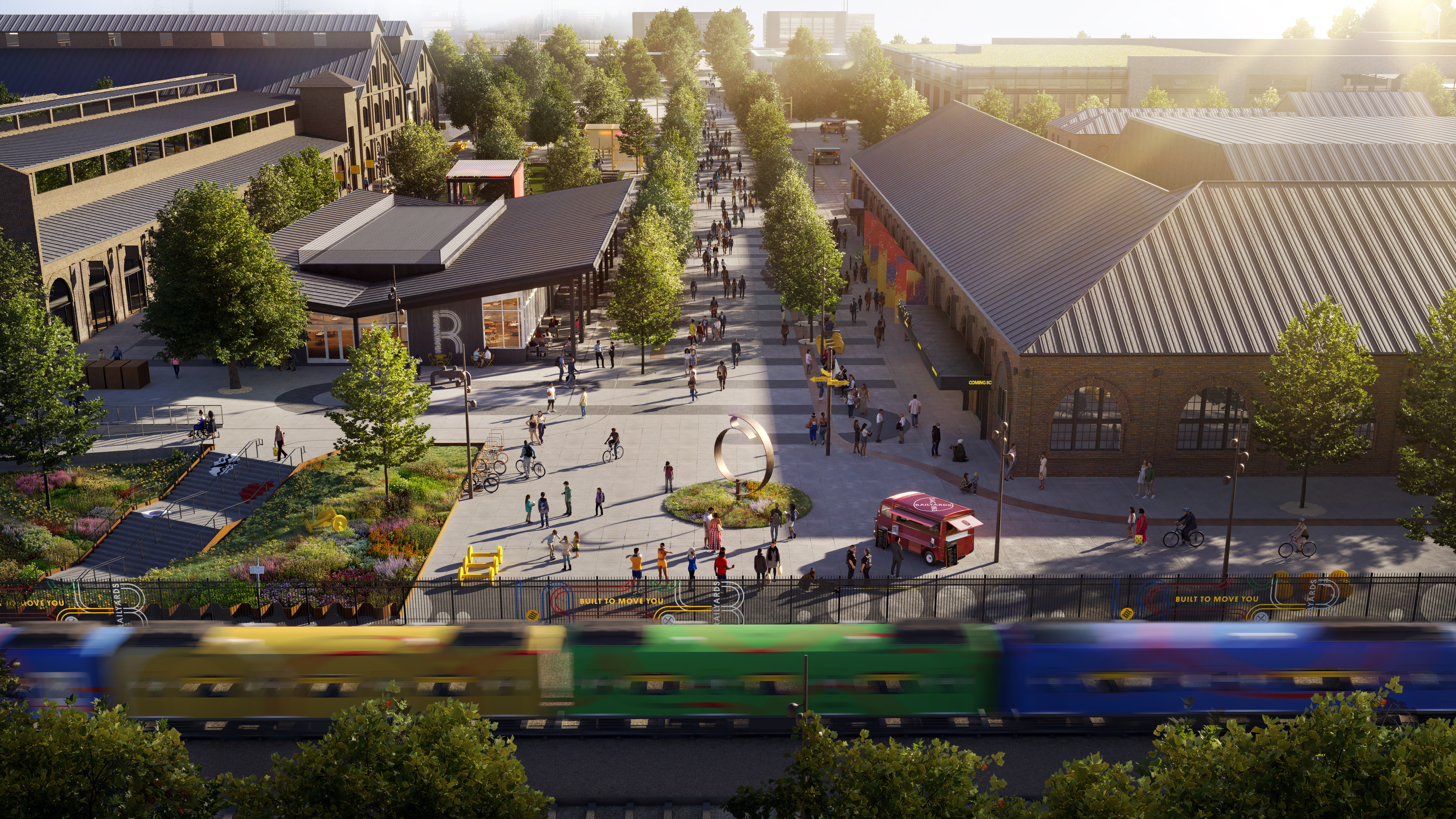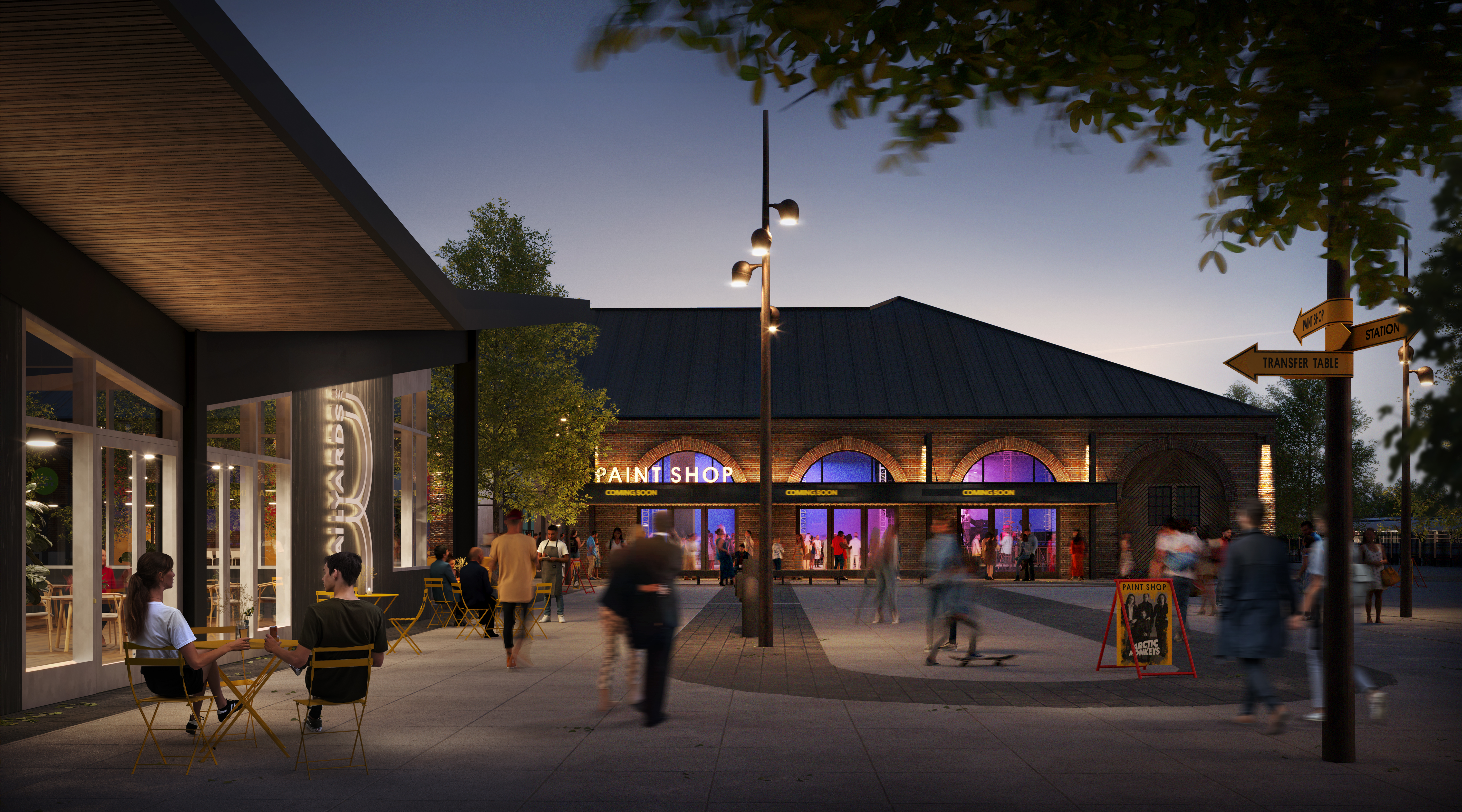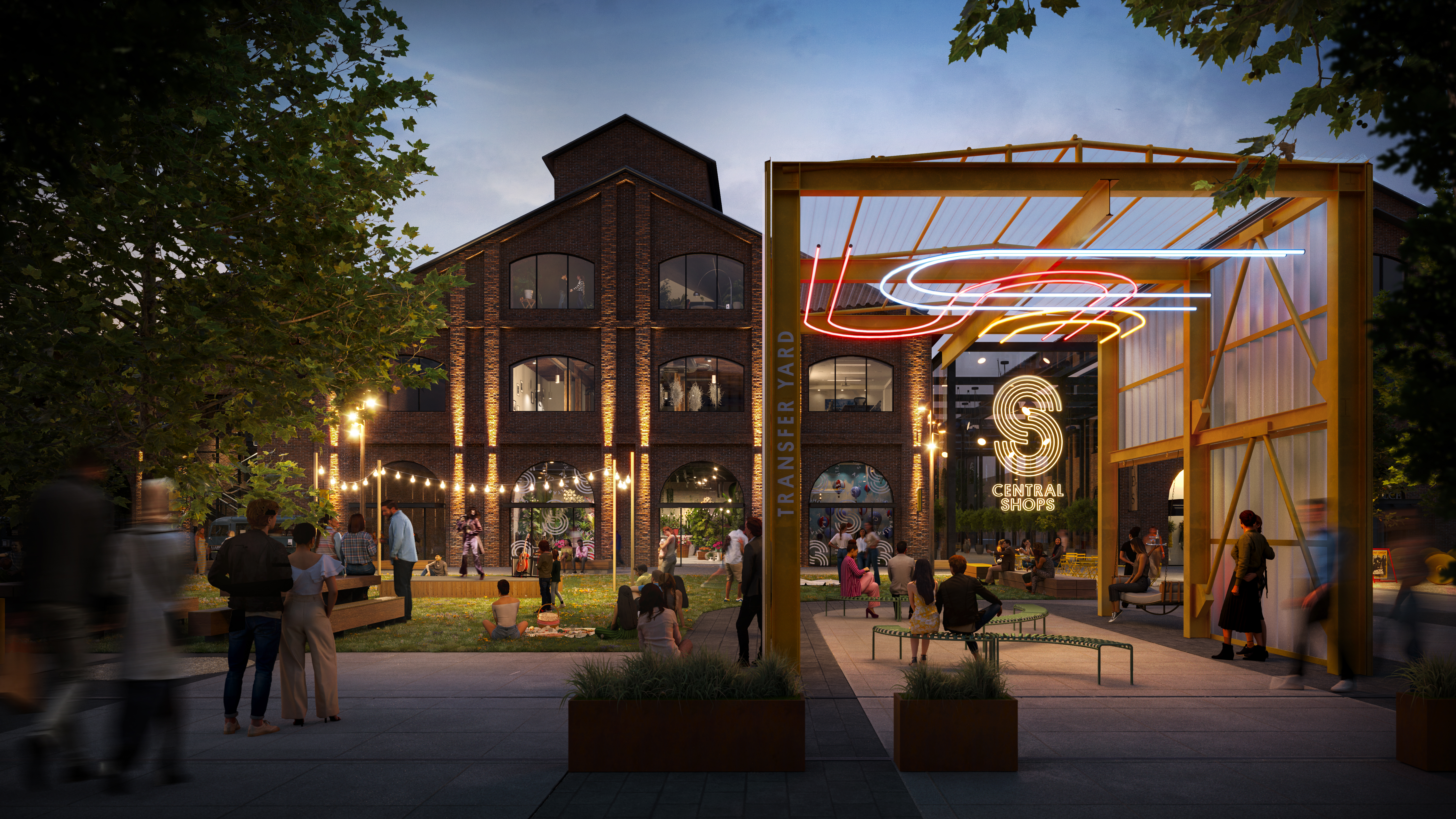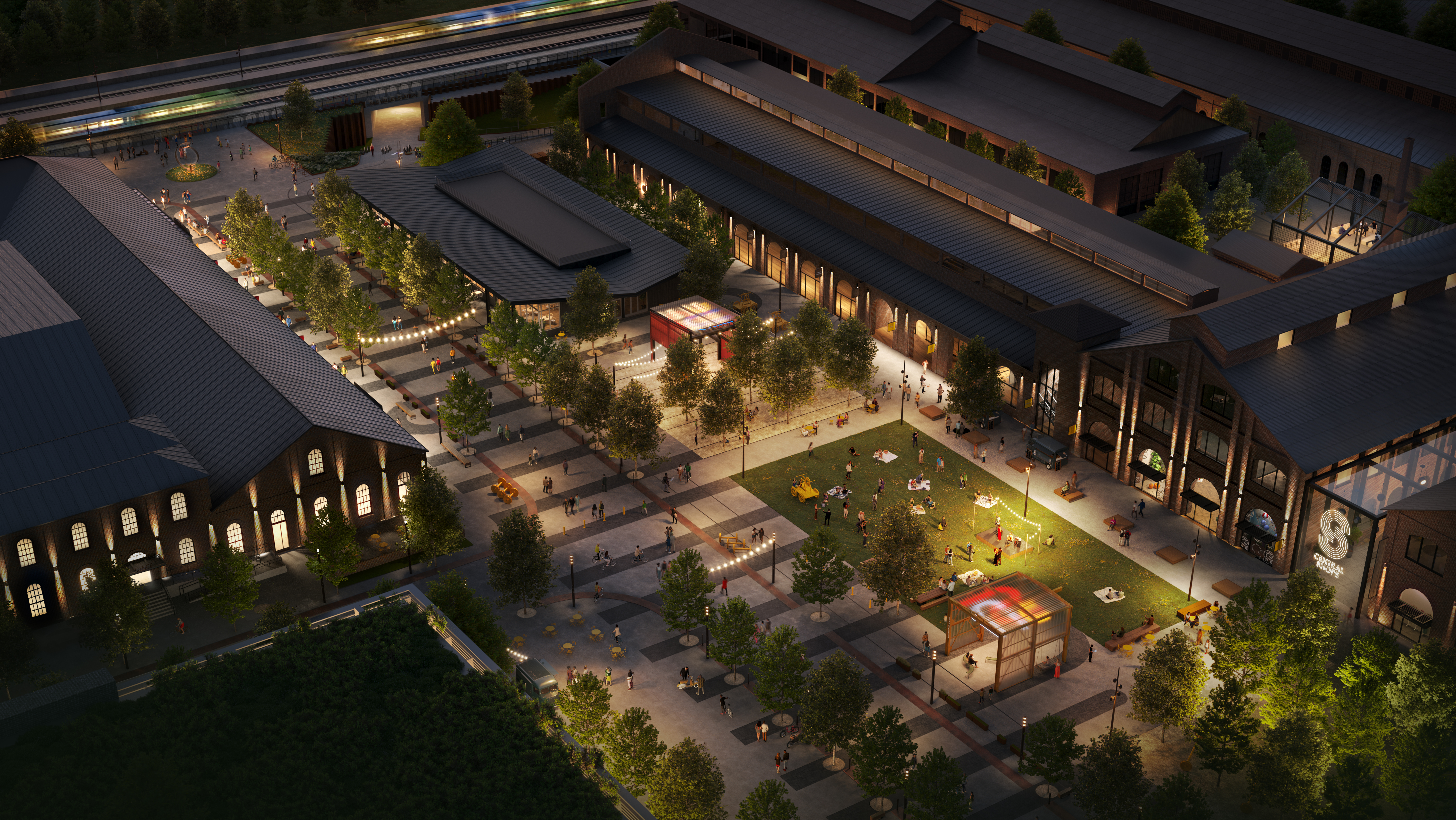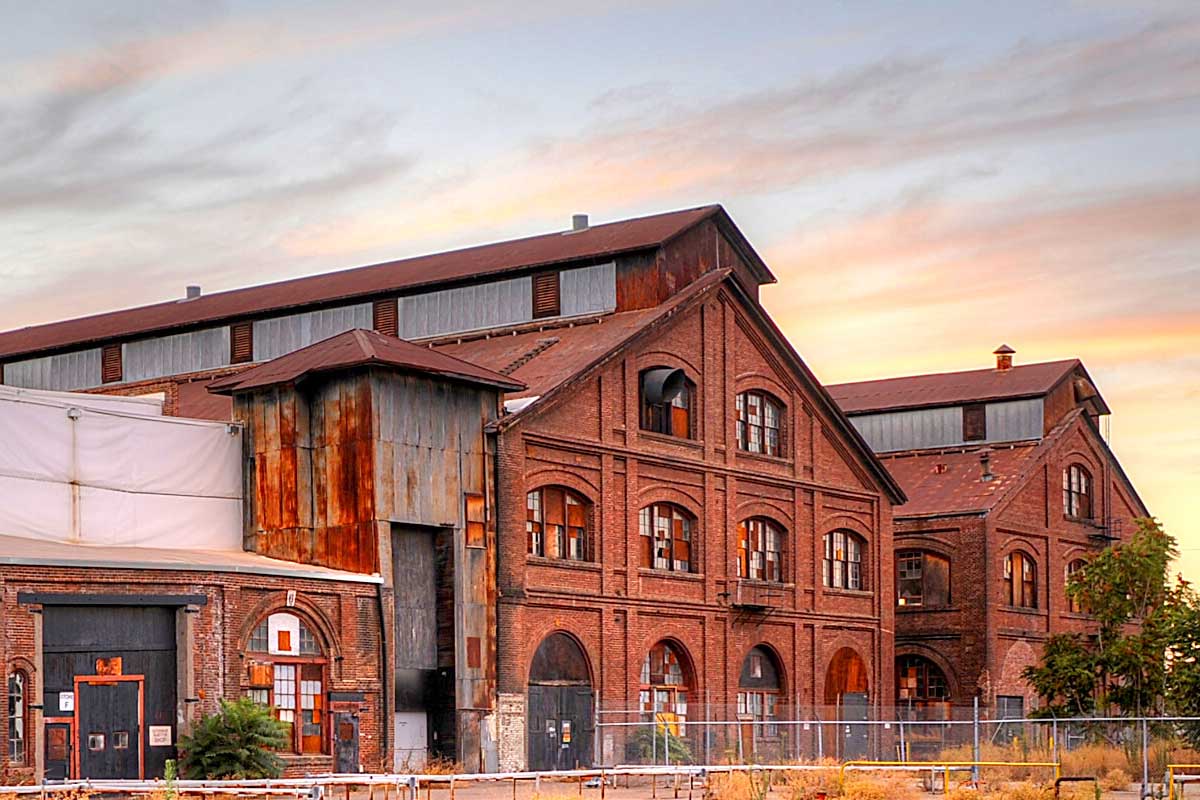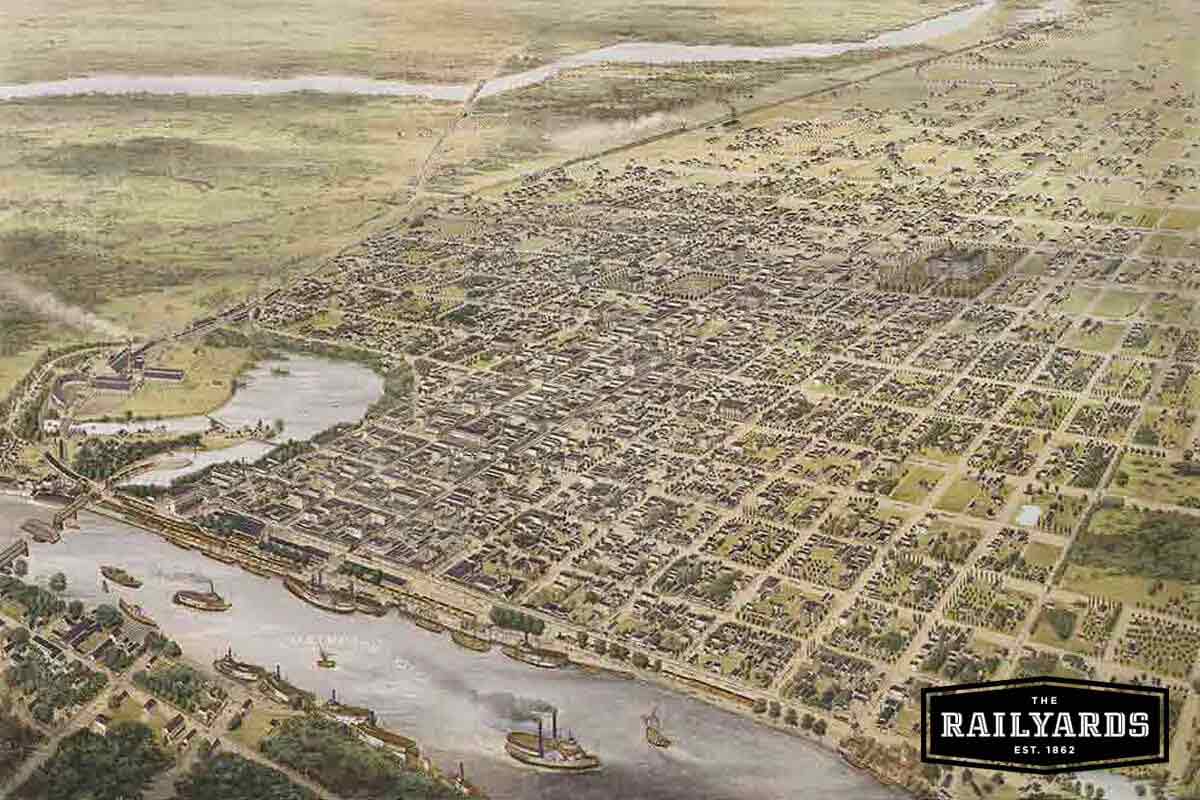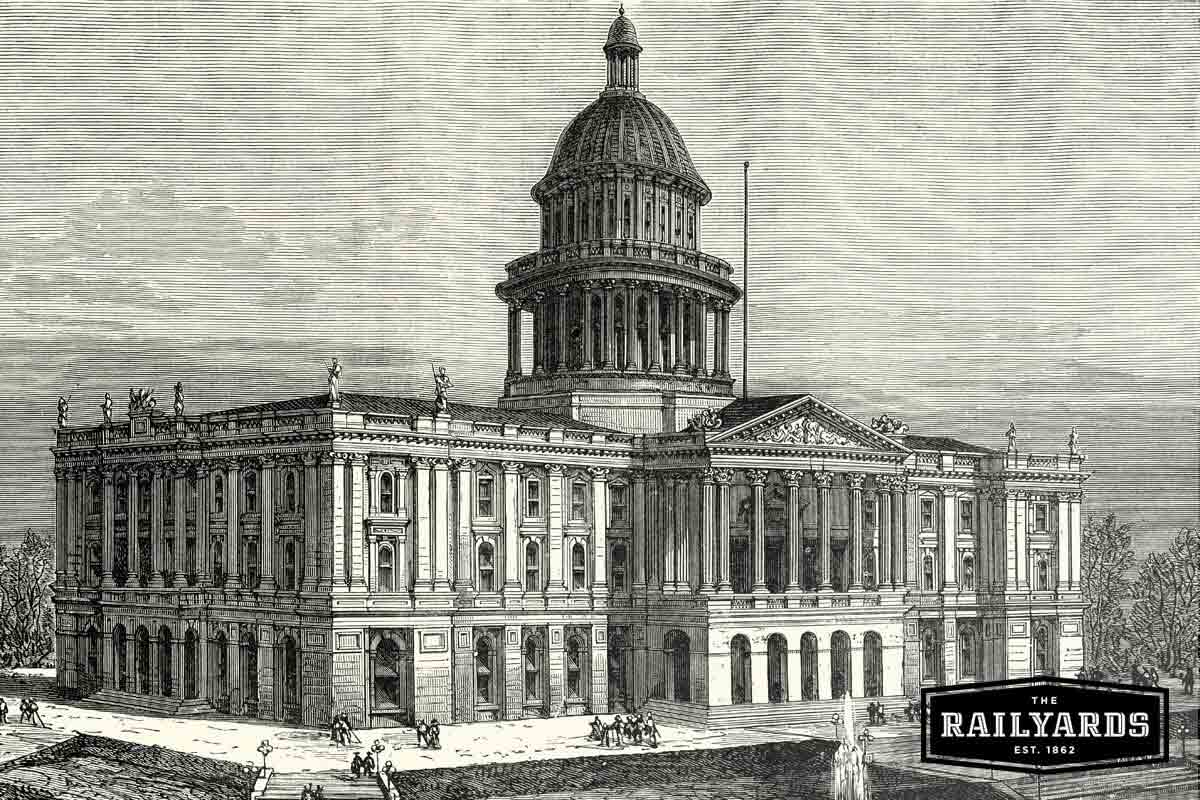
August 6, 2018 / Author: the Railyards
Meet some of the intrepid and adventurous pioneers who helped shape the City of Sacramento into the region that it is today.
Sacramento has long been shaped by a history brimming with pioneering men and women who were brave, intrepid, and innovative. Step back in time with us to meet some of the pioneers and settlers whose spirit of adventure helped create both the city and region of Sacramento that we know today.
John A Sutter
There’s no single explorer, settler, or trapper more well-known in the Sacramento region than John A. Sutter.
Born Johann Augustus Sutter in Bavaria, Sutter was an apprentice bookseller and merchant clerk as a teenager. Fascinated with the New World and dreaming of success, Sutter booked passage to America in 1834 in hopes of founding a magnificent city in the “barbaric” frontier.
In 1839, Sutter commanded a small party first to San Francisco and then up the Sacramento River. On August 12, Sutter entered the confluence of the American and Sacramento Rivers, viewing a valley with few trees gracing the river banks. Immediately, he recognized a need for lumber in this area with a scarcity of wood and began construction of a sawmill forty miles east of Sacramento in Coloma on the American River.
A few short months later, gold was discovered and an influx of settlers poured into the region.
Sutter’s son, John A. Sutter Jr., later founded the City of Sacramento; an outgrowth of Sutter’s Fort. In 1848, Sutter Jr. hired a topographical engineer to draft the official plan of the city which included thirty-one north and south streets to be numbered in order from the embarcadero and twenty-six east and west streets named for the letters of the alphabet.
James W Marshall
Superintendent of mill construction at Sutter’s Coloma sawmill, James W. Marshall, would forever alter the course of history with a historic discovery: California gold.
Sent to Coloma to oversee the work being done at Sutter’s Mill, on January 24, 1848, the superintendent unearthed the precious metal during a cursory inspection of the mill.
News of Marshall’s discovery traveled fast. After the discovery, Sutter’s Mill was transformed into an important mining site, producing sparkling riches by the ounce rather than lumber by the foot. And by 1849, miners were arriving at the docks in San Francisco from all over the world and making their way up the Sacramento River by steamboat to seek their fortunes in California.
Preserving the Legacy of the Railyards Central Shops
The Railyards is dedicated to preserving the historic legacy of the Central Shops while creating a new community filled with food, drink, entertainment, and more.
Jennie Wimmer
Marshall may get credit for the discovery of gold in Coloma, but Jennie Wimmer may have equal a claim for the responsibility of the resulting gold rush.
Elizabeth Jane Cloud Biaz Wimmer was a laundress and camp cook at Sutter’s Mill. While Marshall may have plucked something shiny from the water of Sutter’s Mill, he wasn’t certain whether the glimmering metal was gold or another commonly found metal such as iron pyrite or yellow biotite. But Elizabeth Wimmer, known as Jennie, had experience in the Georgia gold camps and thought she recognized gold when Marshall presented her with his find.
With a large kettle of laundry soap already set over the fire, Wimmer told Marshall she would boil his find in her kettle to determine if it was real. Knowing that real gold would not dissolve in the harsh lye used for soap making, Wimmer’s test confirmed her suspicions; Marshall’s discovery was definitely gold. Buoyed by the results of Wimmer’s and his own tests, Marshall took his discovery to John Sutter and the gold rush was officially on.
Had Wimmer not been so certain that Marshall’s find was gold, or proven it in her boiling soap kettle, he may have been persuaded that the glimmering metal was nothing more than “fools gold” - and the gold rush may never have occurred.
Hardin Bigelow
Hardin Bigelow was the first elected Mayor of Sacramento City in 1850.
After devastating floods caused city-wide destruction in January 1850, Bigelow advocated for and built the first of the city’s levees and dams. With his own funds, Mayor Bigelow hired a large body of laborers and set them to raise the river banks for miles on the exposed parts of the city. Personally directing the long line of operations, Bigelow labored day and night urging every means possible to save the city.
In April, he witnessed how the devastating fires tore through the wooden structures along the Embarcadero. Under his leadership, the city rebuilt with iron, brick, and stone to prevent such catastrophes in the future.
But the biggest challenge Bigelow faced in his time as Mayor didn’t come from forces of nature. Rather, it was a legacy from John A. Sutter that would do the most damage to Bigelow.
By 1850, large tracts of land in the city and vicinity of Sacramento were held by grants to Sutter, which he received from the Mexican Governor Alvarado in 1839. But Mexico had ceded California to the United States in the 1848 Treaty of Guadalupe Hidalgo and so Sutter’s land claims were at best questionable.
Many Sacramento settlers held that Sutter’s claim was not valid and that his land belonged to the government, instead. Many of these “squatters” moved in and constructed buildings. Legal proceedings followed and supported Sutter’s claims, and when Sacramento officers attempted to remove the squatters, the Squatter Riot commenced.
50 U.S. soldiers from Benicia and two volunteer companies from San Francisco made their way up to Sacramento to assist law officers to remove the squatters.
The riot climaxed in a gunfight on 4th and J Streets, where one to two hundred men gathered in the streets with muskets, swords, and small arms. Mayor Bigelow was shot during the uproar and several private citizens were killed, including a city Assessor and two squatter party leaders.
City Sheriff Joseph McKinney ended the conflict, on Bigelow’s behalf, with a strike against the squatters’ retreat.
While Mayor Bigelow suffered a gunshot wound in the Squatters’ Riot, it was not fatal. His doctors sent him to San Francisco, where the “cool atmosphere” could help aid in his healing. After a few weeks of recovery, he attempted returning to Sacramento but continued failing health forced his return once again to San Francisco, in hopes of recuperation.
On November 27, 1850, news reached Sacramento that the Mayor had been struck with cholera. He died at the Union Hotel in San Francisco around one o’clock in the morning. Wounds he had received during the biggest and deadliest riot in Sacramento’s history directly contributed to his demise. Therefore, history often counts him among those who perished in the Squatters’ Riot.
The Cultural and Historic Roots of the Sacramento Railyards
The Railyards is meeting the future needs of Sacramento while celebrating it’s complex and storied past.
Margaret Crocker
Margaret Rhodes Crocker gifted Sacramento with the finest private art collection in the West, her charity and philanthropism making her the most beloved woman in the history of Sacramento.
Margaret Eleanor Rhodes came from humble beginnings. As a girl, Margaret toiled hard on a farm in Ohio. Later, residing in Indiana following her mother’s death, she met the man who would be her husband – Edwin Crocker, a lawyer and active opponent of slavery.
The Crockers moved to California, where Edwin’s brothers were making fine livings as Sacramento merchants during the Gold Rush.
Their beginnings in Sacramento were difficult, to say the least, but Margaret and her husband survived everything that Sacramento threw at them.
During the great fire on November 2 in 1852, bedridden with typhoid fever, Margaret had to be carried to safety on her mattress upwind to G Street in order to escape the flames.
Having lost their home in the blaze, the couple had barely settled in to their new home when a levee broke and the river flooded their home.
After recovering from these setbacks, the Crockers finally settled into life in Sacramento. And what a life it was.
Edwin became a driving force behind the formation of the Republican party in California. His brother, Charles, was elected as a city Alderman. Elected for the same term was another merchant, Mark Hopkins.
Brothers Edwin and Charles Crocker, along with Mark Hopkins and his partner, Collis Huntington – like-minded in many ways – formed the Republican Club in 1856. Later that year another shopkeeper, Leland Stanford, joined.
The network formed in Edwin’s club would go on to forever alter the history of both California and the United States. Edwin aside, the other founding members – known as the Big Four – would later be responsible for the building of the Central Pacific Railroad, making an indelible mark on the Railyards history.
Building a reputation as an honest, capable attorney and, later, Judge, Edwin Crocker’s fortune grew. In his later years, Edwin went to work at the railroad alongside his brother Charles and the other founding members of the railroad.
Publicly praised for her charitable donations, Margaret derived pleasure from helping others. Often plucking baskets full of fresh produce and flowers from her garden, she would deliver them to the homes of sick and destitute in town.
Art was important to the Crockers, and in 1871 they returned home from 2 years abroad in Germany with 4 railroad cars full of paintings and drawings. The Crockers began work on a gallery complex attached to their home - complete with a ballroom, library with elaborately carved bookcases, skating rink, bowling alley, and billiards room.
After the death of Judge Crocker, Margaret emerged as a civic and social leader and philanthropist.
Margaret Crocker built the Bell Conservatory, an immense greenhouse located at 9th, 10th, and X and Y Streets that was a reduced-scale copy of the conservatory in San Francisco’s Golden Gate Park. She also built the Marguerite Home for Aged Women on 7th and Q Streets; a home for aging women who could not provide for themselves.
In 1885, Margaret loaned her art gallery as the site for an exhibition for the newly formed California Museum Association. The success of the exhibit led Margaret to present her art gallery and its collection to the California Museum Association for the benefit of the general public.
Margaret deeded both to the City of Sacramento with the condition that the California Museum Association occupy the premises and be the custodian of the property.
By the time of her death on December 1, 1901, Margaret Crocker was a Sacramento legend. Her charitable gifts and deeds earning her the name “Lady Bountiful,” she left behind a legacy of art, charity, and kindness that still benefits Sacramento to this day.
A Lasting Legacy
Among the first to arrive in Sacramento, the actions and deeds of these early settlers and pioneers shaped the city and region that we call home today. And we continue to benefits from their contributions.
Over 100,000 visitors come to Sutter Fort State Historic Park in Sacramento every year. Of those visitors, half are children whose lives have been enriched by the educational programs the fort offers, teaching the early history of both Sacramento and California.
World-renowned for its collection of California art and European master drawings, the Crocker Art Museum has earned accreditation by the American Alliance of Museums; a recognition given to less than 1,100 of the nation’s museums. Approximately 300,000 visitors come to the Crocker Art Museum every year, placing it among the top 50 most-visited museums in North America.
The Sacramento City Cemetery, established in 1850, holds the remains of many of these historic figures, such as Mayor Hardin Bigelow, Judge E.B. Crocker and his wife, Margaret Crocker, and co-builder of the railroad Mark Hopkins.

